This article was written by Contributing Writer Erik van Mechelen based on the ideas of Yu-kai Chou
Scaffolding workplace gamification
We recently asked you why you were part of the Octalysis Explorers Facebook group or joined the Kickstarter for Octalysis Prime. The largest segment of responses fell into this category:
I want to implement gamification in my workplace.
Maybe this is even a goal for you in 2023.
This is part 3 of a 4-part series (here is Part 1: Getting Buy-in from your Boss and here is Part 2: How to Onboard and 7 Things to Avoid When Implementing Gamificiation at Work).
Please note: I will reference the 8 Core Drives throughout this post:
- Core Drive 1: Epic Meaning & Calling
- Core Drive 2: Development & Accomplishment
- Core Drive 3: Empowerment of Creativity & Feedback
- Core Drive 4: Ownership & Possession
- Core Drive 5: Social Influence & Relatedness
- Core Drive 6: Impatience & Scarcity
- Core Drive 7: Unpredictability & Curiosity
- Core Drive 8: Loss & Avoidance
Why is Scaffolding so important?
If you’re not familiar with Yu-kai’s work on Scaffolding, I’ll give you a brief recap.
Scaffolding is one of the 4 experience phases for a Player. These are Discovery, Onboarding, Scaffolding, Endgame.
Players are motivated by different Core Drives throughout this journey. If your experience doesn’t provide the right motivational triggers and rewards, then Players won’t move through the phases to the Endgame, where you want them.
In the context of implementing gamification in the workplace, failing to reach the Endgame means a failure to fully implement gamification into your company’s everyday workflow.
While it comes down to semantics on how you define an overhaul of management structure, my recent post about Zappos’s corporate work design probably lands somewhere in the Scaffolding stage. Some people are very concerned they may not succeed in implement Holacracy effectively.
Remember, in the context of this series of post, a successful implementation (as the implementation activist or manager) pits you as the Player moving more and more employees toward the Win-State of using the gamification implementation.
Additionally, you must keep a close eye on whether that Win-State (more employees using the implementation) actually contributes to or aligns with your company’s overall Business Metrics.
Scaffolding in the context of implementing gamification at work
In this article, Yu-kai discusses the core of Scaffolding:
The Gamification designer must answer the question, “why would my users come back over and over again for the same actions?”
In gamficiation implementations, the importance of the Scaffolding Phase is as critical as any. You are now post-Discovery and Onboarding, and building toward an Endgame.
In some ways, Scaffolding is the hardest part. You are like the writer in the middle of a novel, trying to figure out how to get the reader from your amazing hook to the climactic ending. You need something to pull them through. That is Scaffolding.
Yu-kai also says this about Scaffolding:
In the player’s journey, this phase is supposedly where the most “fun” should happen, and usually has equal standing within all 8 Core Drives, depending on what your product actually does and for whom it is designed for.
Rewards, moving toward intrinsic
A quick note on rewards. This is the time to shift them from extrinsic to intrinsic.
Let’s think back to how you incentivized early employees to Discover and Onboard onto your implementation. Maybe your manager or company leader gave a public shout-out to early adopters. If you’re in a larger organization, maybe you gave out bonuses to teams who migrated their teams the fastest. Anything in this category of rewards is extrinsic.
Now that people are using your implementation, it’s time to address their intrinsic reward systems (in their brains). Your implementation design should have already accounted for this, but if it doesn’t, it’s never too late to tweak it.
Keep note that usually extrinsic rewards are better at attracting people to participate in the first place (Discovery and Onboarding), but towards the Scaffolding and EndGame, you want to transition to intrinsic motivation as much as possible.
How could you intrinsically reward someone who is in the system? Here’s a few ideas:
- Giving your Players the chance to contribute to building it (Core Drive 3: Empowerment of Creativity & Feedback)
- Giving feedback (inspires Core Drive 2: Development & Accomplishment)
- Providing a channel to sharing what they’ve learned (Core Drive 5: Social Influence & Relatedness)
- Letting them try new ideas you have in test groups (Core Drive 7: Unpredictability & Curiosity)
- Providing insider info to strong players (Core Drive 1: Epic Meaning & Calling)
Barriers to Scaffolding
How many people in your company are successfully onboarding onto your product?
At this point, you’ve probably reached an important milestone. A strong percentage of the Players (employees) that were allocated to this implementation (or the testing of it) are now on the system and using the experience.
If this isn’t the case, you need to figure out why. (For ideas on what not to do, have a look back at Part 2: 7 Things to Avoid When Implementing Gamification at Work.)
Overcoming Bureaucracy
Yu-kai once told me about a client who basically brought him on to dictate to his development team how things should be done. Apparently, they needed an outside expert to add leverage to what they already wanted to do.
This story is probably quite common (this is why consultants exist, right?), but in this series, we are looking at how YOU will implement gamification and human-focused design from WITHIN your company. You won’t have consultants to call on.
So, always come back to the problem.
This is the specific problem for these players trying to achieve these specific Win-States. Then, it is about aligning those Win-States as closely as possible to Business Objectives.
Creating Positive Case Studies or Testimonials
Within your allies or active user base, you will start to build a sense of trending metrics (that you decided beforehand) or new metrics that could be useful to track. Depending on your autonomy, these may have been decided by you or your manager or someone further up the chain of command.
Regardless of metrics, it can be VERY useful to combine these metrics with emotional testimonials from satisfied users to present feedback or updates to this chain of command. This is especially true if you are managing expectations or a budget that is experimental or has a short leash. Let your users tell their success stories, then share those.
Iterating the experience
Hopefully, you set up trackable and useful metrics so you can identify parts of the chain that aren’t working as designed.
But what happens if the experience could be better? Perhaps metrics and success stories aren’t where you or management would like them to be and leaders are considering pulling the plug on your experiment.
Not so fast. If you set expectations appropriately, you’ll have leverage and funding and developer resources to tweak your gamification design as you go over a reasonable period of time. Staying sober about what you want to accomplish, organizing those development resources, and communicating effectively with management will improve your chances of moving the project as a whole through the Scaffolding phase toward the Endgame.
Activating your allies
Remember the power users and experts you brought into your team during the Onboarding phase of your implementation? Keep relying on them.
They may be able to provide details under the hood (or behind the scenes) that you can’t discover purely from metrics. Maybe some users are acting in an unorthodox fashion. Again, we know from places like Zappos that changes to workflow don’t always have the desired outcomes immediately.
Staying focused
Things might go very well during the Scaffolding phase. Players are eager to move into the Endgame. But remain focused and controlled.
Your goal may not be to get as many people as possible to the late Scaffolding stages. You might get a lot of people there, but what would happen if it also became apparent that your design’s Win-States weren’t aligned with the Business Objectives? (Answer: You might lose momentum and support from management.)
Moving toward the Endgame
If you’re stuck, always return to the Strategy Dashboard. Remember:
- Business Metrics, leading to Game Objectives
- Users, leading to Players
- Desired actions, leading to Win-States
- Feedback Mechanics, leading to Triggers
- Incentives, leading to Rewards
I’ll see you in the comments!
Also, here’s an excerpt from Part 4/4 and the next article:
Not spending enough time thinking about this last phase when designing products is I believe, a gigantic mistake. If game designers do not create a good endgame, people will get easily bored and quit the game, when in fact these veterans are generally the product’s biggest evangelists, best community managers, and best sources for monetization.


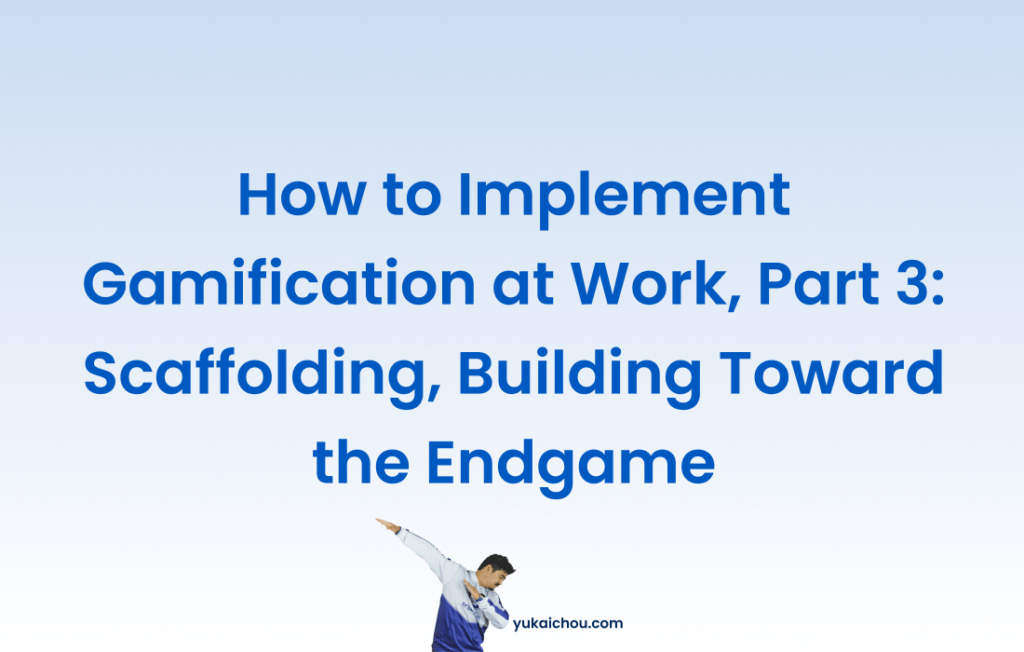

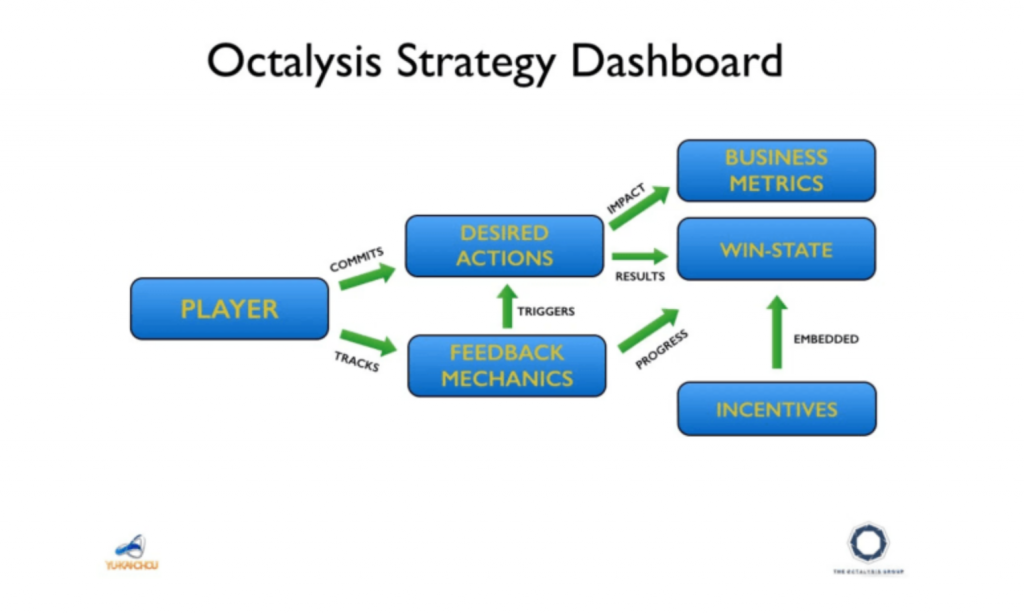
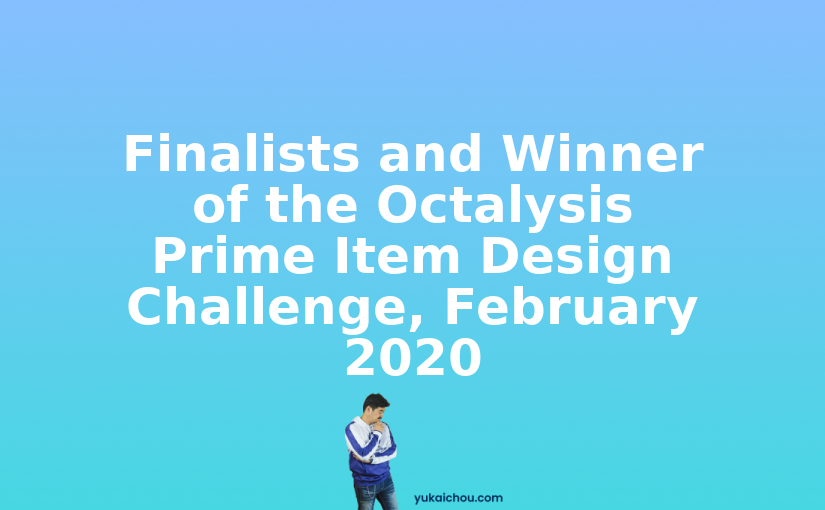
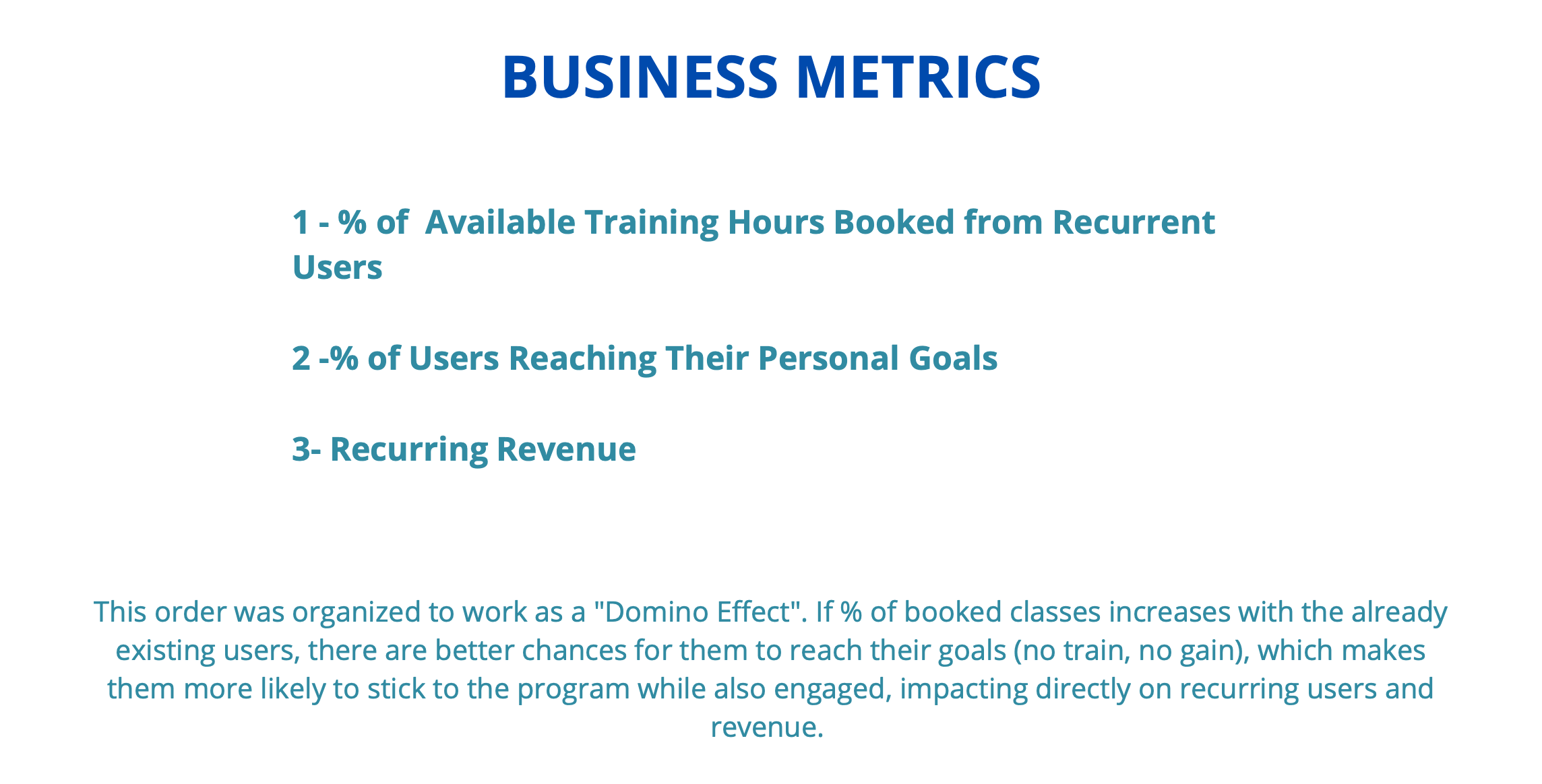

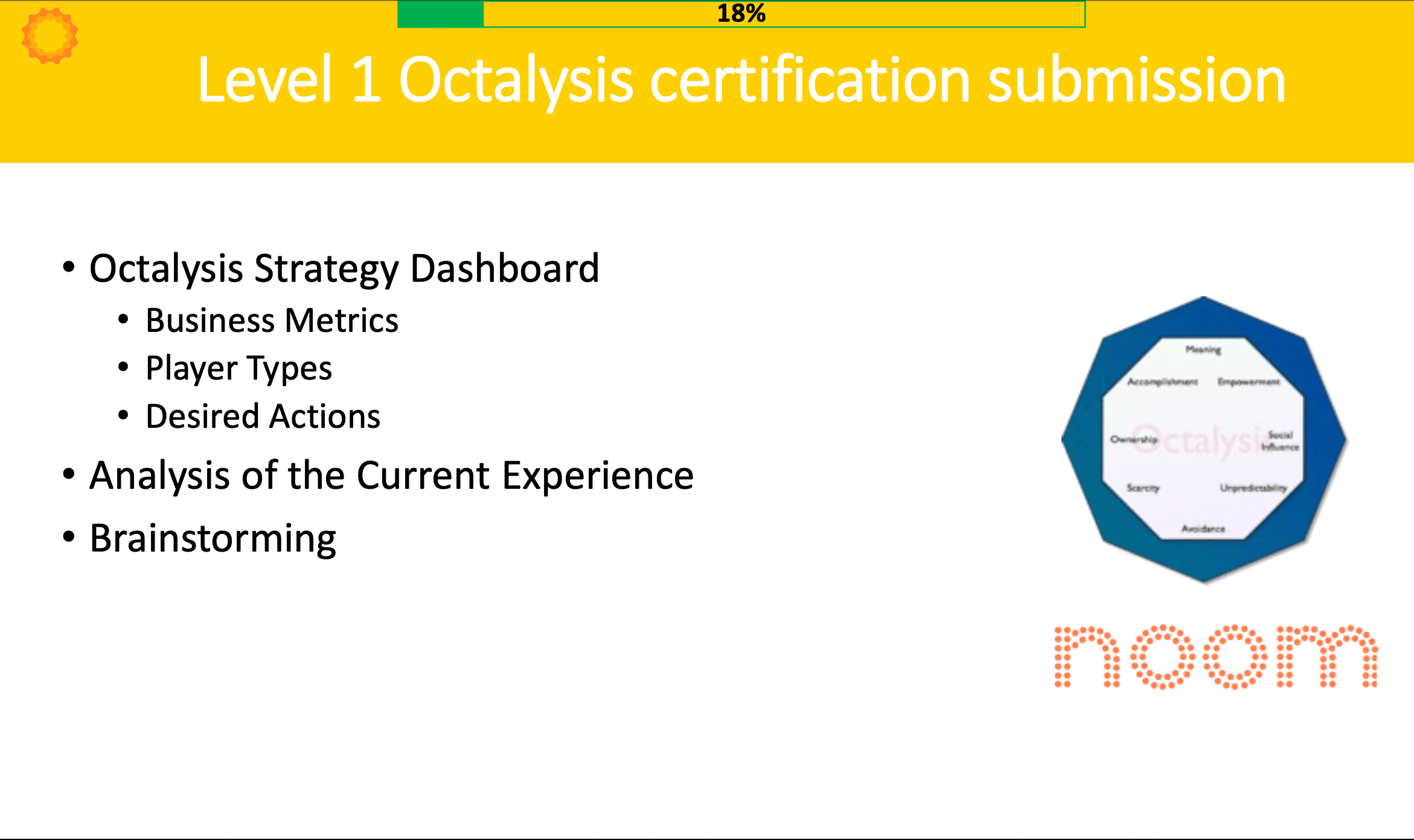


2 responses to “How to Implement Gamification at Work, Part 3: Scaffolding, Building Toward the Endgame”
Hi Erik ,
Nice article waiting for Part 4
One advantage to being a teacher (from my perspective) is that I can implement gamification at the class level without much need for buy-in elsewhere (though I am sure I would be communicating with my supervisor and departmental colleagues at a minimum with what my plans were.)